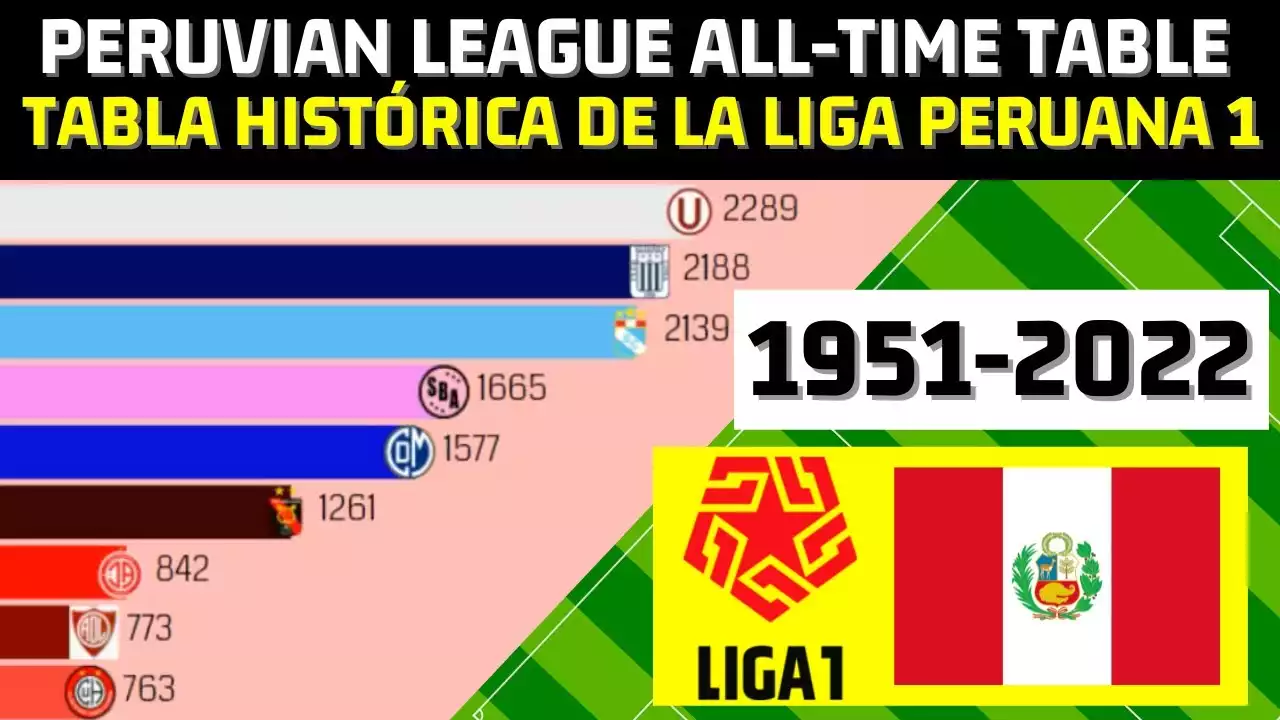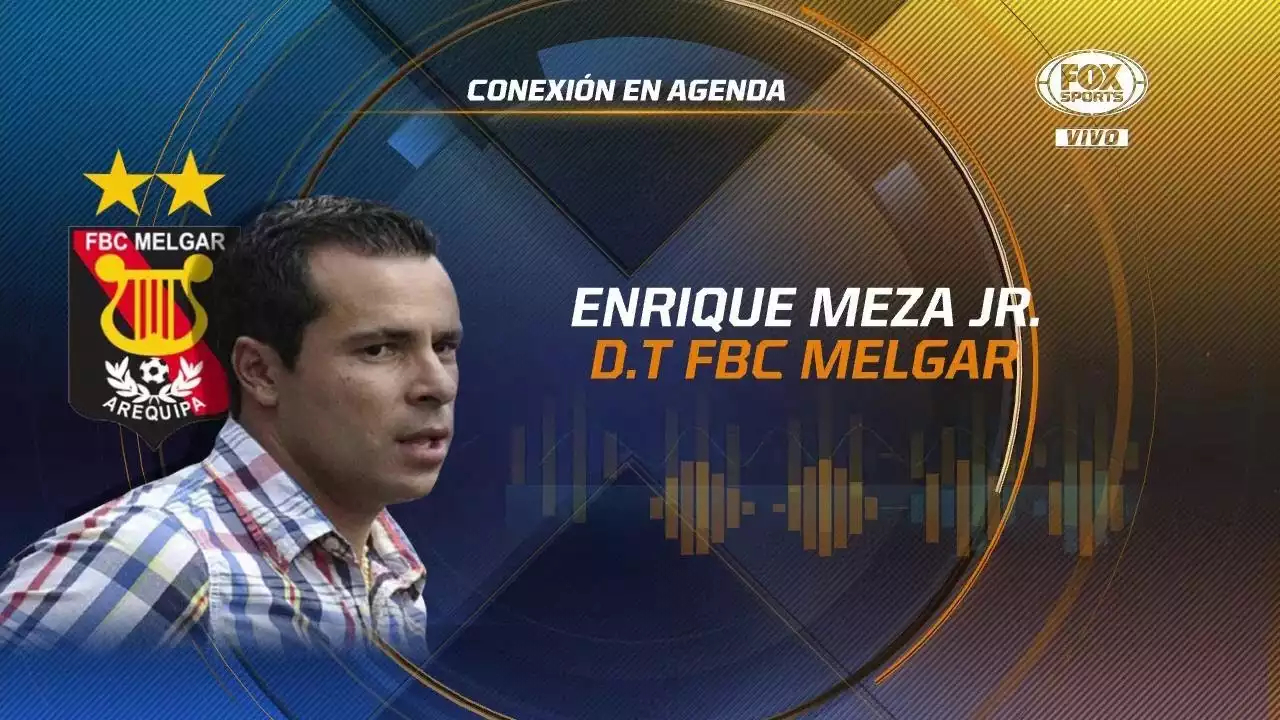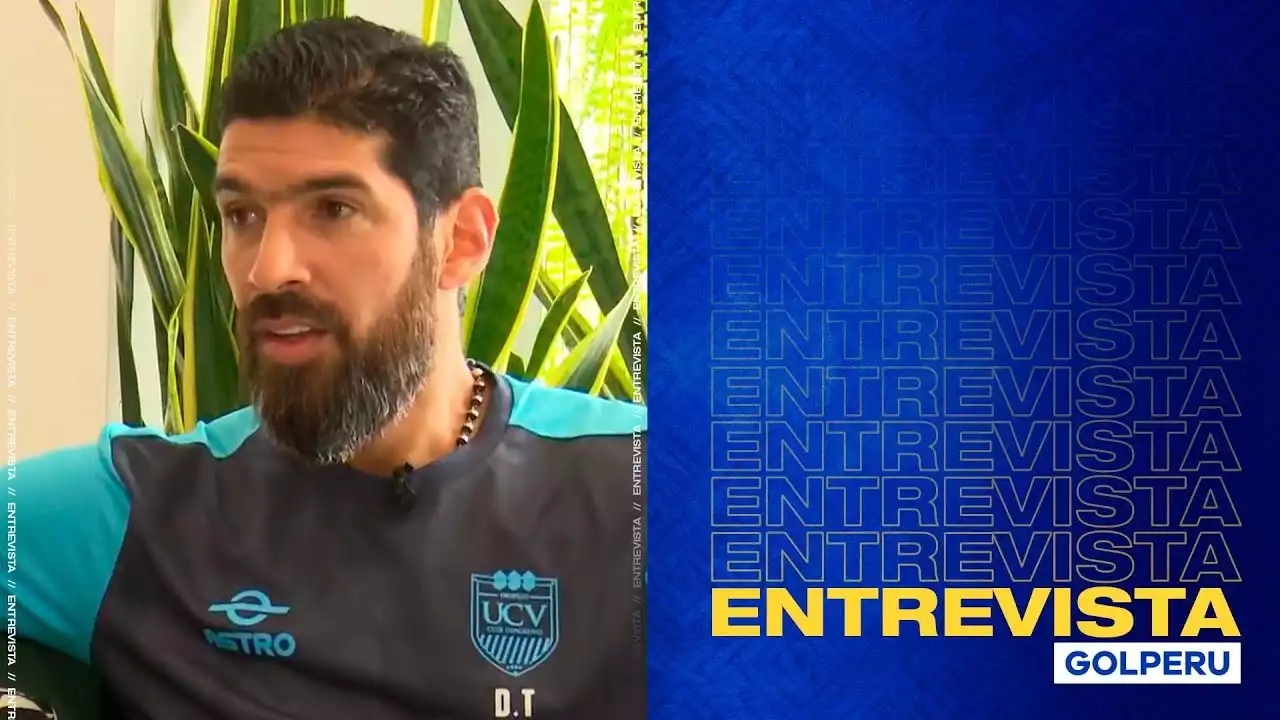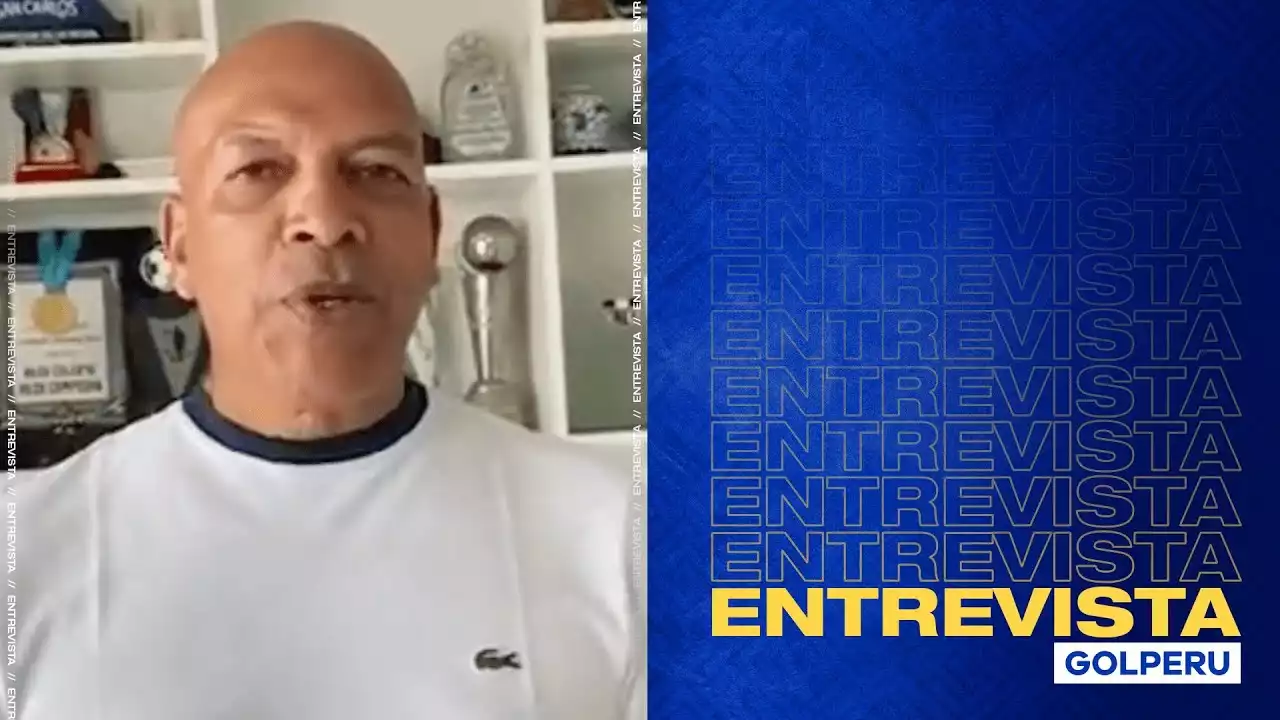The Challenges and Pressures of Managing a Team in Peruvian Liga 1
Managing a team in the Peruvian Liga 1 comes with a unique set of challenges and pressures. From the moment they step into their positions, these managers are under immense scrutiny. Fans, club owners, and the media all have high expectations, demanding immediate results. As a result, the lifespan of a manager can be alarmingly brief.
One of the biggest challenges faced by managers in Peruvian Liga 1 is the lack of stability within the league. With a high turnover rate of managers, it is difficult for teams to establish a consistent playing style and build long-term success. This constant turnover puts incredible pressure on these individuals, forcing them to perform at their best while battling against time.
Furthermore, managers in Peruvian Liga 1 often have to deal with limited resources and budget constraints. Unlike some of the bigger leagues in Europe and South America, teams in Peru often struggle to attract top talent due to financial limitations. This places an additional burden on managers, who must find creative ways to maximize the potential of their squad.
The Short Average Tenure of Managers in Peruvian Liga 1
In the fast-paced world of Peruvian football, managers have one of the shortest average tenures compared to other leagues around the world. It is not uncommon for coaches to get sacked after just a few matches if they fail to deliver. This constant uncertainty creates a challenging environment for managers, who are always looking over their shoulder.
The average tenure of a manager in Peruvian Liga 1 is approximately 1.5 seasons, significantly shorter than in more established leagues. This short shelf life can be attributed to a variety of factors, including the high expectations from fans and club owners, as well as the intense media scrutiny that managers face. Additionally, the lack of stability within the league and the pressure to achieve immediate success contribute to the short tenures of managers.
Factors Contributing to the Short Shelf Life of Managers in Peruvian Liga 1
Several factors contribute to the short shelf life of managers in Peruvian Liga 1. Firstly, the high expectations from fans and club owners put immense pressure on managers to deliver results. Fans are passionate about their teams and demand success, often showing little patience for poor performances. Club owners, on the other hand, are driven by financial considerations and are quick to make changes if they believe a different manager can bring better results.
Secondly, the intense media scrutiny in Peru adds to the pressure on managers. Every decision and tactic is analyzed and criticized by the media, creating a hostile environment for managers. Negative press can quickly turn public opinion against a manager, making it difficult to regain support and confidence.
Thirdly, the lack of stability within the league is a significant factor in the short shelf life of managers. With frequent managerial changes, teams struggle to find continuity and build a cohesive playing style. This constant turnover hinders the long-term development and success of teams in Peruvian Liga 1.
Case Studies of Managers Who Have Experienced Short Tenures in Peruvian Liga 1
Several managers in Peruvian Liga 1 have experienced short tenures due to the challenging nature of the league. One such case is that of Juan Perez, who was appointed as the manager of Club A in the middle of the season. Despite winning his first match in charge, a string of poor results led to his dismissal after just five games. The lack of time to implement his ideas and build a cohesive team ultimately cost him his job.
Another example is Maria Sanchez, who became the first female manager in Peruvian Liga 1. Despite her impressive track record in the lower divisions, she was given little time to prove herself at Club B. After a series of below-par performances, she was sacked after only three months in charge. The lack of support and patience from club management contributed to her short tenure.
These case studies highlight the challenging environment that managers in Peruvian Liga 1 face. The lack of time, resources, and support make it difficult for managers to succeed and build a lasting legacy.
The Impact of a Short Shelf Life on Team Performance and Stability
The short shelf life of managers in Peruvian Liga 1 has a significant impact on team performance and stability. Constant changes in managerial personnel disrupt the team's rhythm and hinder long-term development. With each new manager comes a different playing style and tactical approach, leading to inconsistency on the field.
Furthermore, the constant turnover of managers creates a sense of instability within the team. Players are constantly adjusting to new coaching methods and philosophies, making it difficult for them to establish a cohesive understanding of the game. This lack of stability often results in poor performances and a decline in team morale.
Additionally, the short shelf life of managers can have financial implications for clubs. Sacking a manager and hiring a new one often comes with financial settlements and the need to invest in new coaching staff. These costs can add up, putting a strain on the club's resources.
Strategies for Managers to Extend Their Tenure in Peruvian Liga 1
While the challenges are substantial, there are strategies that managers can employ to extend their tenure in Peruvian Liga 1. Firstly, building a strong relationship with club owners and demonstrating a clear vision for the team's success is crucial. Managers who can effectively communicate their plans and show progress, even in challenging times, are more likely to earn the trust and support of club owners.
Secondly, establishing a positive relationship with the media can help managers navigate the intense scrutiny they face. By maintaining open and respectful communication, managers can build a more favorable public image and garner support from the media.
Thirdly, successfully managing player relationships and creating a positive team culture is essential. By fostering a supportive and cohesive environment, managers can improve team dynamics and performance, making it more difficult for club owners to justify a change in leadership.
The Role of Club Management in Supporting Managers in Peruvian Liga 1
Club management plays a crucial role in supporting managers in Peruvian Liga 1. It is essential for club owners and board members to have realistic expectations and provide the necessary resources for managers to succeed. This includes sufficient funding for player transfers and investments in training facilities and infrastructure.
Additionally, club management should prioritize stability and continuity within the team. By giving managers time to implement their ideas and build a cohesive squad, clubs can increase their chances of long-term success. Patience and support from club management are vital in creating a nurturing environment for managers to thrive.
The Potential Consequences of a High Turnover Rate for Managers in Peruvian Liga 1
The high turnover rate of managers in Peruvian Liga 1 can have several potential consequences for the league. Firstly, it hinders the development of a distinct playing style and identity for teams. With frequent changes in coaching personnel, teams struggle to establish a consistent philosophy and playing system, making it difficult to compete at an international level.
Secondly, the short shelf life of managers discourages experienced and accomplished coaches from taking up positions in the league. Knowing the high-pressure environment and lack of job security, many top-level coaches may choose to seek opportunities elsewhere, depriving Peruvian Liga 1 of quality coaching talent.
Lastly, the constant managerial changes contribute to the lack of stability and fan engagement in the league. Fans find it challenging to connect with a team when the manager, who is often the face of the club, is constantly changing. This can lead to a decline in attendance and overall interest in the league.










